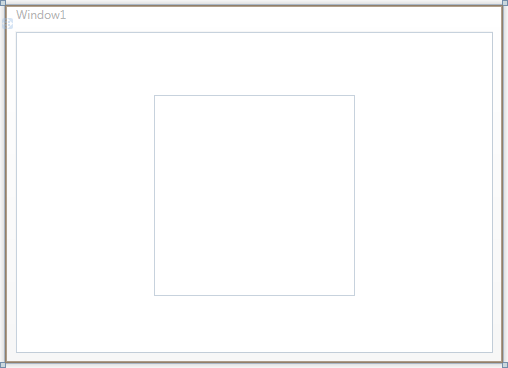
In this step you'll create a WPF application using Cube for WPF. When you add a C1Cube control to your application, you'll have a complete, functional cube-like interface that you can add images, controls, and other elements to. To set up your project and add a C1Cube control to your application, complete the following steps:
1. Create a new WPF project in Visual Studio.
2. In the Solution Explorer, right-click the References item and choose Add Reference. Select the C1.WPF, C1.WPF.Legacy, and WPFToolkit assemblies and click OK to add references to your project.
3. Navigate to the Visual Studio Toolbox, and double-click the C1Cube icon to add the control to the window.
4. Resize the Window and reposition the C1Cube control in the Window.
5. Navigate to the Properties window and set the C1Cube control’s Height and Width to 200.
The XAML will appear similar to the following:
<c1ext:C1Cube Name="C1Cube1" Margin="138,63,138,57" Height="200" Width="200" />
The page's Design view should now look similar to the following image (with the C1Cube control selected on the form):

You've successfully set up your application's user interface, but if you run your application now a blank window will appear. This is because the C1Cube control currently contains no content. In the next step you'll add content to the C1Cube control, and then you'll add code to your application to add functionality to the control.